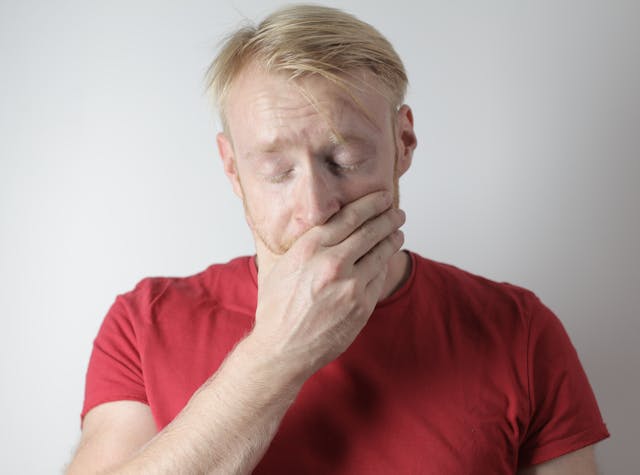How is OCD treated?
Obsessive-Compulsive Disorder (OCD) is a mental health condition that—as the name implies—can get you caught up in a cycle of obsessions and compulsions. More specifically, someone with OCD typically has intrusive thoughts. These distressing obsessions demand your attention, and that’s where the compulsions come into play. A hallmark of OCD is the rituals and responses a person uses to quiet the obsessions.
This cycle serves to increase anxiety and often accelerates the cycle. Thus, any effective treatment for OCD must involve some form of symptom relief. With all this in mind, let’s explore the most common therapeutic approaches.
Cognitive-Behavioral Therapy (CBT) and Exposure and Response Therapy (ERP)
Cognitive-Behavioral Therapy is a form of talk therapy. For a very long time, it’s been viewed as the go-to treatment for OCD. It encourages the person to focus on the connections between their:
- Thoughts
- Emotions
- Behaviors
- Physical sensations
There are many types of CBT and the version that is particularly effective for OCD is called Exposure and Response Prevention (ERP). As you might guess, ERP involves slowly and safely introducing clients to whatever stimuli they associate with the obsessions. When this exposure occurs, the patient is supported as they:
- Slow down the rate at which they respond
- Change something about the compulsion they respond with
- Refrain from responding at all
Over time, such an approach empowers the person with OCD to feel more in control whenever they encounter a trigger.
 3 Components of CBT/ERP for OCD
3 Components of CBT/ERP for OCD
1. Psychoeducation
Psychoeducation is exactly what it sounds like. Your therapist shares all relevant information on how OCD works, how CBT works, and what to expect from both. This is all presented in a very thorough manner because your treatment will challenge you. You’ll have to face some situations that provoke anxiety in the name of swapping out the classic OCD reaction for more productive stress management techniques.
2. Exposure and Response Prevention
As touched on above, exposure to triggers and fears is a giant step toward symptom relief. Sometimes, this low-risk exposure will be lengthy and prolonged, but you will be guided by your therapist through the entire process.
3. Cognitive Therapy
Running parallel to the exposure and response prevention techniques, cognitive therapy is where you closely examine your beliefs. Why do you believe what you do? What is causing your anxiety? What other ways can you discover to handle anxiety without feeding the obsession and compulsion cycle?
Other Treatment Options
Deep Transcranial Magnetic Stimulation (Deep TMS)
A relatively new and non-invasive treatment approach, Deep TMS has been in use since 2018. It uses magnetic fields to impact the brain structures that are associated with Obsessive-Compulsive Disorder. A few details about Deep TMS:
- It does not require anesthesia
- The most common side effect reported is mild discomfort during the treatment
- Deep TMS can be used without impacting a person’s daily life
Psychopharmacology
If therapy is not attaining the results you are aiming for, medication is an option for OCD. Selective serotonin reuptake inhibitors (SSRIs) are a common choice. Of course, this is not something to be taken lightly, and it requires detailed discussions with your doctor. Factors to consider include dosage, side effects, contraindications, and more.
Therapy Is Your Entry Point
OCD affects individuals in different ways. Each person has different tolerances, needs, and personal factors. The starting point for treatment is to find a qualified therapist who is ready to listen and validate your specific situation. OCD is daunting and serious but very treatable. It’s not about finding a “cure” but rather, offering symptom relief. With the proper therapy, up to 80 percent of people with OCD have found such relief. Let’s connect soon and talk more about anxiety treatment and how it can help your OCD.





